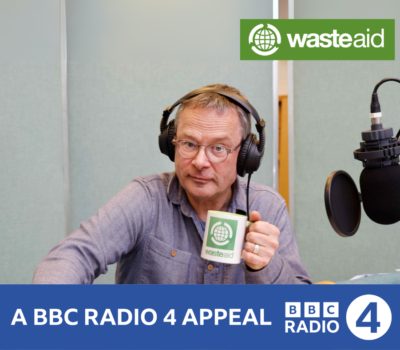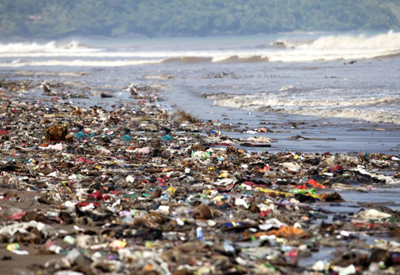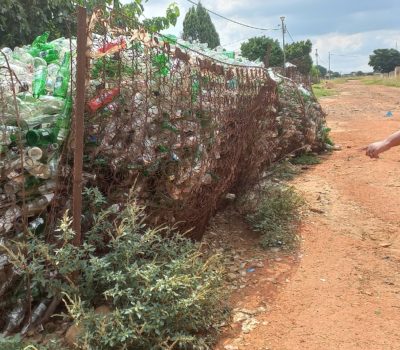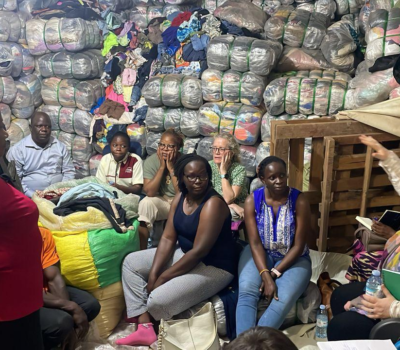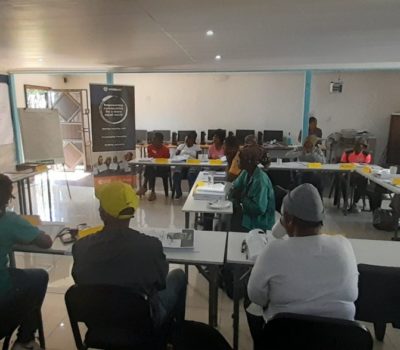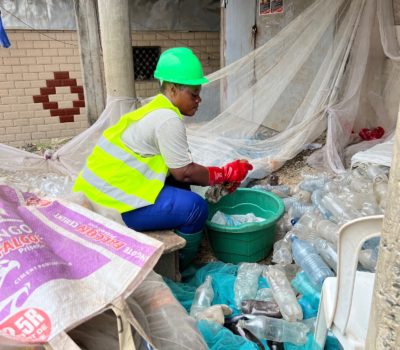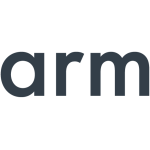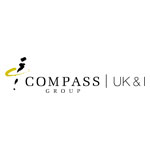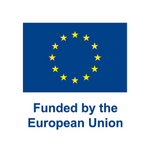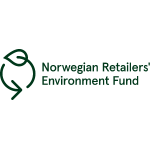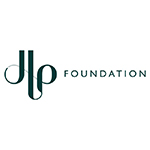Introducing the WasteAid Circular Economy Network
News
Author: Michelle Wilson
Published: 12 October 2020
The circular economy is the most sustainable post-production business model.
The Circular Economy; A User Guide, Walter R Stahel, 2019
WasteAid’s new Network Director for the Circular Economy Network Project, Michelle Wilson, considers the potential of the circular economy model.
I was really excited to get on board in August to join WasteAid in leading the Circular Economy Network project, funded by global sustainable food packaging leader Huhtamaki. The project focuses on three key hubs, Guwahati in Assam, India, Johannesburg in South Africa and Ho Chi Minh City in Vietnam.
For those who are less familiar with the circular economy, why do we need it, and what exactly is it?
Why do we need it? Walter Stahel, one of the key voices encouraging a transition to a circular economy, describes how it is clear that industrial economies have been hugely successful in creating a society of abundance for some, and has lifted millions out of absolute poverty. However, there is a hidden cost. With the increased wealth, the burden of managing the waste from synthetic materials has increased exponentially and new materials drive waste management costs even higher. Not only financial cost, but the direct impact of this waste on health, environment, and climate outcomes particularly for some of the poorest communities in the world is devastating but viewed as acceptable collateral in the pursuit of economic growth. How do we find the balance between the need for economic growth and environmental and social needs?
Now to the ‘What?’ The circular economy is potentially a solution to achieve this balance, bringing together actors who all have the same end goal in mind. Its adoption recognises the balance needed between economic, environmental and social needs. In the circular economy, economic and ecological considerations go hand in hand because waste prevention is also a prevention of economic and resource losses.
What does it look like in practice? First we need to put new glasses on. The circular economy invites us to step back and relook at the concept of waste. In linear economies, waste from households or from corporates is viewed as firstly having no positive and perhaps more importantly no clear owner. The liability for the product is transferred from the producer to the consumer and the cost to dispose of the waste derived from that product or the product itself is then ultimately handed over to municipalities and states to handle.
The circular economy encourages us to see this ‘fait accompli’ through a new lens, where producers, households, and municipalities rethink it and see that ‘waste’ management process as a ‘resource’ management process. What would happen if ‘waste’ produced by companies and households was not viewed as waste but as a resource: a resource that a company like Huhtamaki can buy back and re-use in their existing processes, or a resource that could be used to replace raw materials in the manufacture of other goods, or a resource that can support the livelihoods of millions of households? In this economy, ownership of waste is no longer assumed to be the complete responsibility of the state.
The circular economy, if adopted, offers new opportunities for innovation and stronger integration along the waste value chain. According to the World Economic Forum, moving toward a circular economy is key, and a “trillion dollar opportunity, with huge opportunities for innovation, job creation, resource conservation and economic growth”.

At WasteAid we see both the challenge but also the opportunity in this project to support the development of a Circular Economy Network in the three key hubs of Guwahati in India, Ho Chi Minh City in Vietnam and Johannesburg, South Africa. This project will seek to support the waste management value chain and to look at ways of ‘closing the loop’ to achieve circularity.
WasteAid has launched this exciting project by recruiting an international team and beginning to identify those stakeholders, enterprises, companies, and state actors who are committed to the circular economy approach, with the aim of strengthening the linkages between them.
By November 2020 we will be launching an online platform where interested parties can find out more about the project, the circular economy, who is active in this space and how to connect with them. The site will also showcase examples of circular economy best practice. WasteAid will work with this network to organise virtual as well as live events to allow these actors to demonstrate best practice in the circular economy. We will then provide training and support on the ground to actors who, with a bit more support, can expand their businesses and increase their positive impact.
As part of the project WasteAid will be running a competition to find two enterprises in each of the three cities that can be supported both financially with small grants and with practical on the ground support to scale up their work. If you are active or want to be active in the circular economy in one of these cities, please get in contact so we can add you to the growing network.
Watch this space for more updates in the coming weeks for updates on the project.



